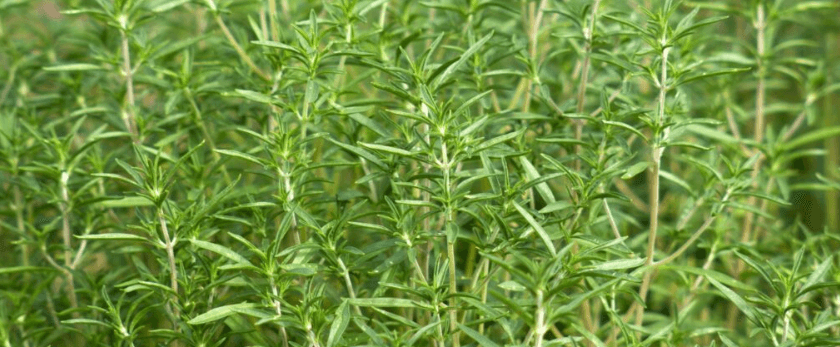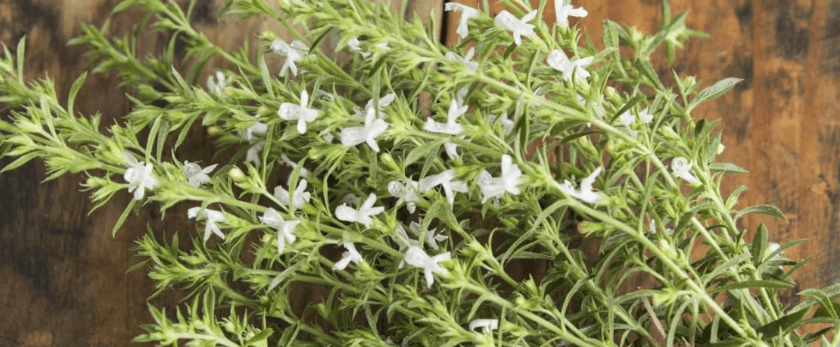Summer savory is a versatile and flavorful herb that is easy to grow in your own garden. Not only does it add a delicious taste to your dishes, but it also has many health benefits. It is rich in antioxidants, vitamins, and minerals, making it a great addition to any diet. In this article, we will discuss how to grow summer savory and provide tips for caring for your plants.
What is Summer Savory?
Summer savory (Satureja hortensis) is a small, bushy herb that belongs to the mint family. It is native to the Mediterranean region and has been used in cooking and medicine for centuries. It has a strong, peppery flavor and is often used in soups, stews, and meat dishes. It is also a popular ingredient in herbal teas and can be used as a natural remedy for digestive issues, coughs, and colds.
How to Care for Summer Savory
Watering
Summer savory prefers well-drained soil, so make sure to water it regularly but not excessively. The soil should be moist but not soggy. Water your plants deeply once a week, and more frequently during hot, dry weather. Avoid getting the leaves wet when watering, as this can lead to fungal diseases.
Light
Summer savory thrives in full sun, so make sure to plant it in a spot that receives at least 6-8 hours of sunlight per day. If you are growing it indoors, place it near a sunny window or use a grow light to provide enough light for the plant to grow.
Soil
Summer savory grows best in well-drained, slightly acidic soil with a pH of 6.0-7.0. If your soil is too alkaline, you can add some organic matter, such as compost or peat moss, to lower the pH. Make sure to mix the organic matter into the soil before planting.
Fertilizer
Summer savory does not require much fertilizer, but you can add a balanced fertilizer, such as a 10-10-10, once a month during the growing season. Avoid using high-nitrogen fertilizers, as they can promote leaf growth at the expense of flavor.
Pruning
Pruning is essential for summer savory to maintain its shape and promote healthy growth. You can start pruning your plants when they reach about 6 inches in height. Pinch off the top 2-3 inches of the plant to encourage branching and bushier growth. You can also prune off any dead or damaged leaves and stems throughout the growing season.

What is the Best Time to Grow Summer Savory?
Summer savory is an annual herb, which means it completes its life cycle in one growing season. It is best to plant it in the spring after the last frost, as it prefers warm weather. You can also start seeds indoors 6-8 weeks before the last frost and transplant them outdoors once the weather warms up.
Common Problems with Summer Savory
Pests
Summer savory is generally pest-resistant, but it can be susceptible to aphids, spider mites, and whiteflies. You can control these pests by spraying your plants with a mixture of water and dish soap or using natural predators, such as ladybugs.
Diseases
The most common disease that affects summer savory is powdery mildew, which is a fungal infection that appears as a white powdery substance on the leaves. To prevent this, make sure to water your plants at the base and avoid getting the leaves wet. You can also use a fungicide if the infection is severe.
Bolting
Bolting is when the plant produces flowers and seeds prematurely, usually due to stress from high temperatures or lack of water. To prevent this, make sure to water your plants regularly and provide some shade during hot weather.
Conclusion
Growing summer savory is a rewarding experience that can add flavor and health benefits to your meals. By following these tips for caring for your plants, you can ensure a successful harvest. Remember to water regularly, provide enough sunlight, and prune your plants to promote healthy growth. With a little bit of effort, you can enjoy fresh summer savory all season long. Happy gardening!










